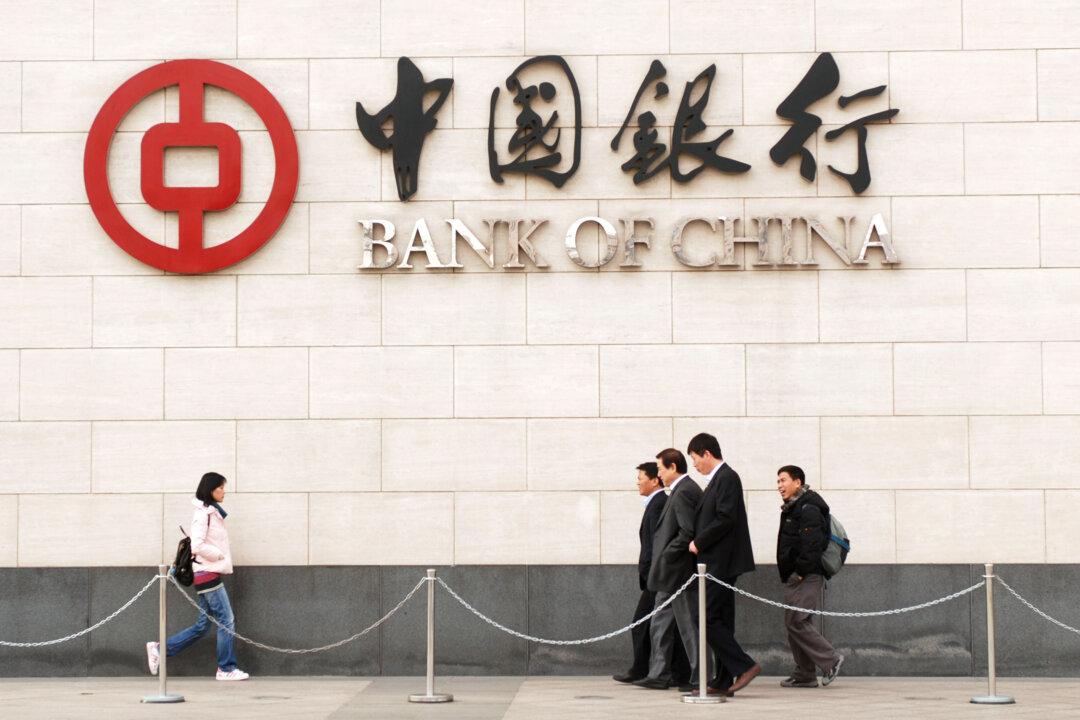By now most people have realized that China is, one, addicted to debt and, two, its debt addiction is not sustainable.
Any country investing around 50 percent of GDP in infrastructure and productive assets over a decade or so will run into overcapacity problems. Overcapacity simply means there is infrastructure and factories to make things, but nobody is consuming them.
No, or not enough consumption means no cash flow and if the projects are debt-financed this creates a payment problem.
It is impossible to avoid deterioration in the efficiency of credit allocation with the pace of debt growth that China has seen.
, Société Générale





